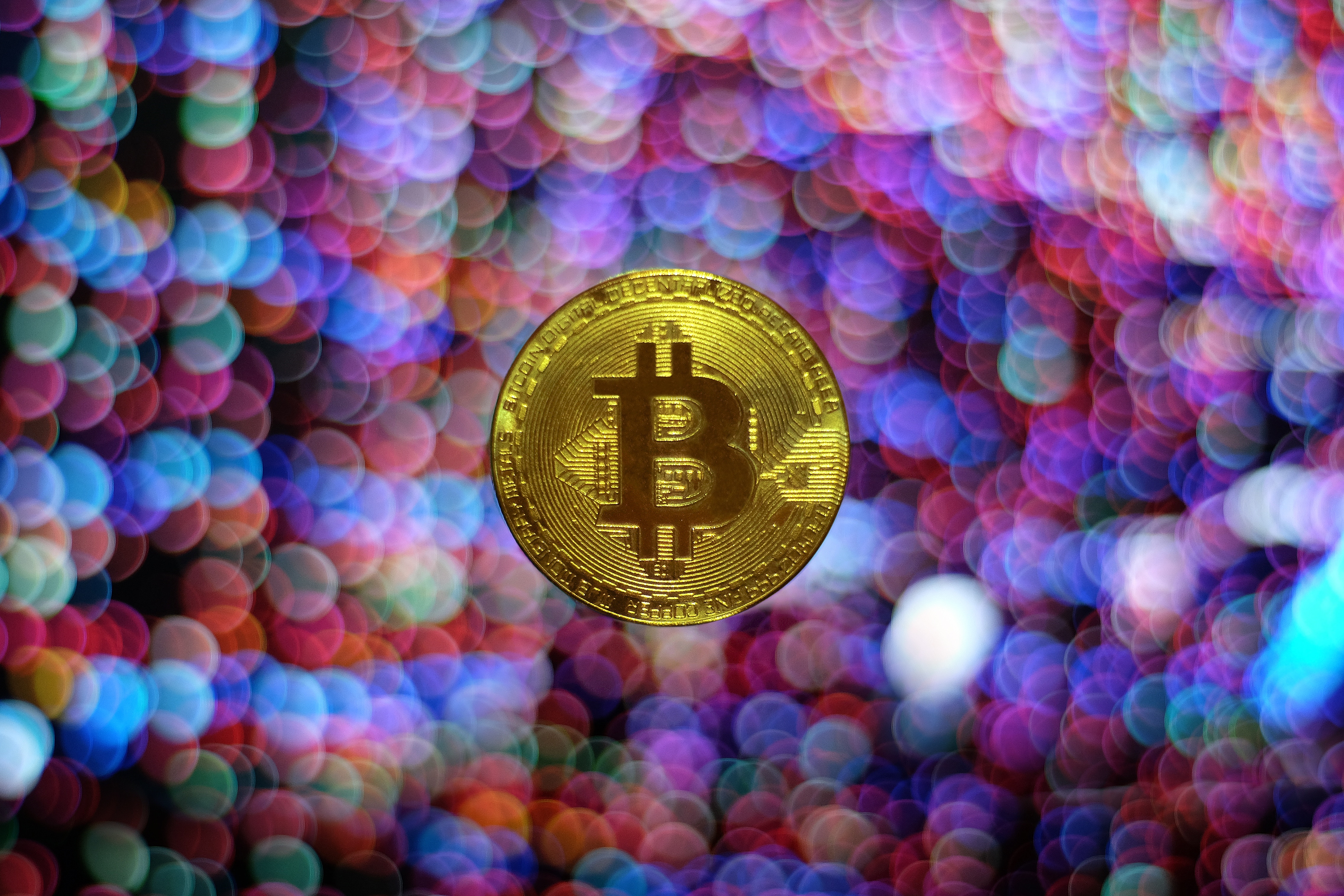- Home
- Blog
- Currency News
- International Currency – The Cultural Connection Between Money and National Identity

International Currency – The Cultural Connection Between Money and National Identity
4. Januar 2019 — 3 min read
Flags, monuments, anthems, and currency.
They are celebrated and revered as symbols of national pride. Electronic transactions — like online money transfer, credit and debit cards are fast becoming the preferred forms of consumer and business payments. Yet there is an indelible connection between a country’s tangible currency (or even the idea of it) and their culture.
Consider the leading commodity global and reserve currencies:
US dollar
British pound
The euro
Canadian dollar
Australian dollar
Chinese yuan renminbi
Each of these forms of legal tender reflect not only the economic strength of its nation, but its:
History
Identity
Values
Industry and productivity
Purchasing power parity
Hans de Heij, a project manager with the Dutch central bank DNB says it perfectly:
“A banknote is the ambassador of the country and the culture it represents. The banknote is the front or show piece of a nation, often referred to as the calling card or business card function.”
The Evolution of Paper and Coin Currency
Throughout history, banknotes have showcased the people, places and events which define each country’s identity:
In the UK, famous people including Queen Elizabeth, Winston Churchill, Charles Darwin and Jane Austen share real estate on the Pound note with buildings like Big Ben, symbols like the Coronation Crown and iconic quotes.
US dollar banknotes feature portraits of American presidents on their face. The Great Seal of the United States, the White House and a motif of the signing of the Declaration of Independence grace the reverse side on different denominations.
Canadian Dollar and two-dollar coins feature the common loon and the polar bear, symbols of Canada’s natural beauty and abundant wildlife. Canada's paper currency features former Prime Minsters such as Wilfred Laurier and W.L. Mackenzie King. On the reverse, works of Inuit art and a game of pond hockey, a beloved Canadian sport. In civil rights heroine Viola Desmond recently became the first Canadian woman to be featured on a unique vertical currency note.
These are but a few examples of how banknotes and coins are more than forms of payment. They represent their country’s past, present and future. The earliest forms of payment (after the barter system) were coins used by the Lydians in 700 BC, and Chinese paper money became common around 960 AD.
Alternative Currencies
Alternative currencies are unregulated forms of payment, which carry a value defined by and include the Brixton and Bristol Pound notes, the Massachusetts BerkShares and German Chiemgauer. They feature(d) local celebrities like David Bowie instead of political leaders or royalty.

Cryptocurrencies like Bitcoin are unregulated, decentralized, highly volatile and fraught with risk. In December of 2017, a single Bitcoin was valued at over $19,000 USD, and at writing, are valued at less than $6,000. Cryptocurrencies are highly speculative, and their value is determined by (unregulated) market demand.
The secure blockchain delivery systems which enable crypto transactions may emerge as the most valuable innovation driven by the crypto movement.
World currencies are symbolic of the cultures, traditions and identities of the nations where they are used as legal tender. Alternative currencies will come and go, yet global currencies have stood the test of time. Though transferring money across borders and overseas doesn’t carry the same sort of cultural heft as paper money, it helps bridge people and businesses to conduct business in our digital age.
Digital transformation has led to the increased adoption of international money transfer providers like XE Money Transfer.
Related Posts

3. Dezember 2024 — 4 min read

6. November 2024 — 5 min read

22. Oktober 2024 — 6 min read

15. Oktober 2024 — 5 min read

10. September 2024 — 2 min read

13. August 2024 — 3 min read